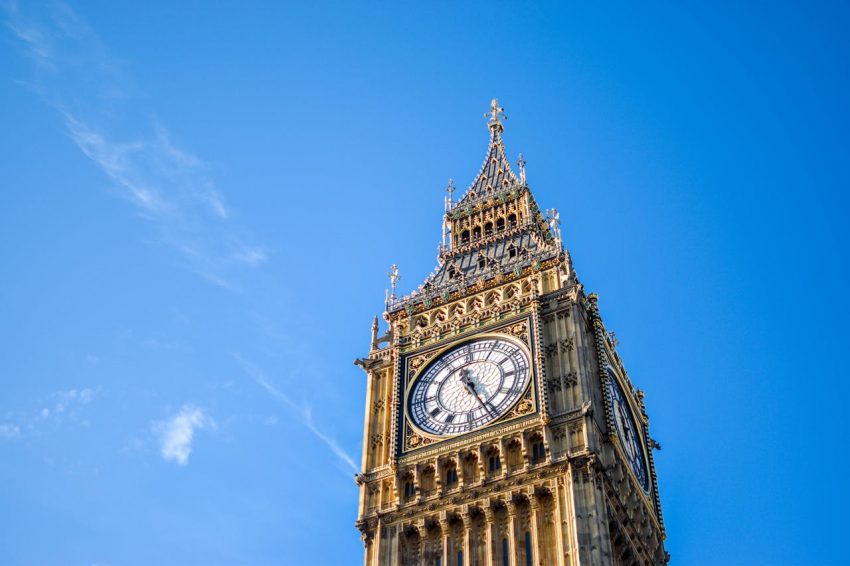Under Mayor Sadiq Khan’s leadership, London is increasingly pushing cars—especially those with internal combustion engines—off its streets. It began a few years ago with the introduction of the so-called ULEZ (Ultra Low Emission Zone), an area where vehicles not meeting emission standards must pay to enter. Initially limited to central London, by 2023 it expanded to cover the entire Greater London area.
If your vehicle doesn’t meet the required emission standards (Euro 4 for petrol, Euro 6 for diesel), you must pay a daily charge of £12.50. Even Transport for London (TfL) is going green, now operating over 2,000 electric or hydrogen-powered buses. Since 2021, they’ve only been acquiring zero-emission vehicles, with plans to convert the entire fleet within 6–8 years.
Pedestrian zones and cycle lanes are also expanding rapidly. About a month ago, a section of Camden High Street was closed to motor traffic on a trial basis for 1.5 years. Up to 40,000 visitors head to its famous market daily, overcrowding the pavements and raising safety concerns. Now, the situation is far better—more space, less crowding, less stress.
Perhaps the biggest headline is the City Hall’s recent announcement that Oxford Street—one of London’s main shopping arteries—will be completely closed to motor vehicles. The situation there is similar to Camden High Street.
And how have these measures affected air quality? For instance, NO₂ levels across London have dropped by 27%, and by as much as 54% in central areas. Emissions of fine particles are down by 31%. There’s also been a sharp increase in the number of vehicles meeting emission standards—now at 96%. Ironically, the areas with the most notable improvement are boroughs that initially opposed ULEZ, such as Sutton, Croydon, and Bromley.
The number of electric cars is also growing. In 2024, they accounted for 20% of all new registrations; that figure is expected to reach 25% in 2025. London alone now has 24,000 charging points, and the number keeps growing.
London is clearly changing before our eyes—and I’d say, for the better.


